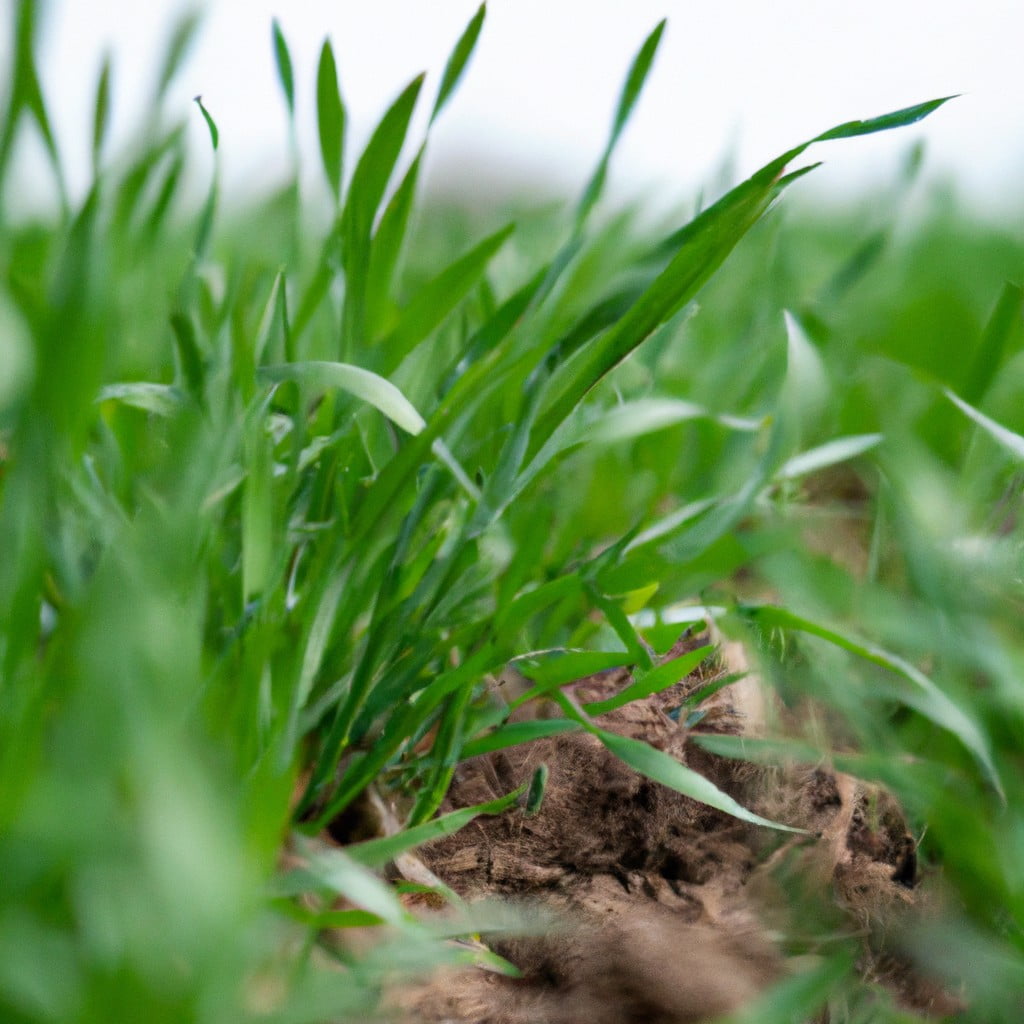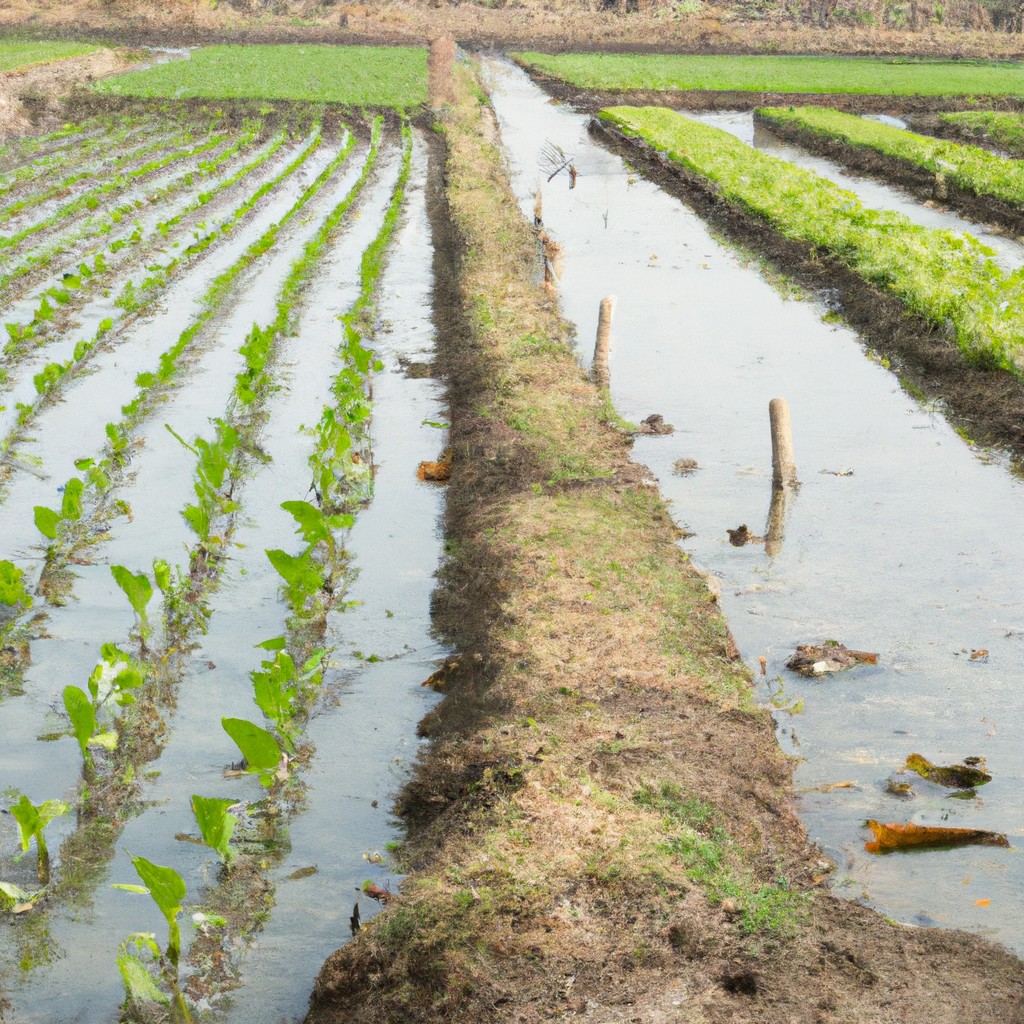Exploring the transformative potential of technology, this article delves into its application in regenerative agriculture to foster sustainable farming practices.
Regenerative agriculture technology is a game-changer in the farming industry, aiming to reverse the adverse effects of conventional farming by restoring soil health, enhancing biodiversity, and mitigating climate change.
This article delves into the innovative technologies driving this agricultural revolution, from precision farming techniques to advanced composting methods.
Whether you’re a farmer looking to adopt these practices or an enthusiast wanting to understand the future of sustainable farming, this article provides a comprehensive overview of regenerative agriculture technology.
Stay on this page for a detailed exploration of how technology is shaping the future of sustainable farming.
Key takeaways:
- Precision farming optimizes resource usage and minimizes waste.
- Advanced composting promotes soil fertility and carbon sequestration.
- Crop rotation and conservation tillage enhance soil health and structure.
- Regenerative agriculture increases biodiversity and reduces greenhouse gas emissions.
- Technology advancements like AI and drones further improve sustainable farming.
Look Inside:
Understanding Regenerative Agriculture Technology

Regenerative Agriculture Technology (RAT) incorporates innovative tools and methodologies to regenerate, maintain, and improve agricultural ecosystems. These dynamic systems help restore soil health, increase biodiversity, and store carbon to combat climate change.
The technology focus ranges from advanced machinery for precision farming, software applications for data collection and analysis, to gene-editing techniques for crop resilience.
This advancement has ambitious goals – to create a farming system that reverses environmental damage, while producing high-quality, nutrient-rich food.
The Technology Behind an Agricultural Revolution
Emerging tools and systems are at the forefront of this transformation. Precision farming technology is enabling farmers to manage their lands more effectively. By using sensors, satellites, and GPS tracking, they can monitor the health of their crops, the soil condition, and even the local weather patterns. This real-time data allows farmers to make informed decisions about when and where to irrigate, apply fertilizers, and mitigate disease outbreaks, thereby ensuring a minimum waste of resources.
Equally important are the advances in bio-tech. Farmers are now deploying beneficial microorganisms to improve soil health, boosting crop productivity while reducing the need for synthetic fertilizers. This microbiome technology helps to restore the soil’s natural nutrient cycles disrupted by intensive farming practices.
Meanwhile, innovative composting techniques such as on-site compost bins and vermiculture are promoting the recycling of organic material. These methods not only reduce waste but also produce natural fertilizers that enhance soil fertility and carbon sequestration.
Lastly, software applications and online platforms are also making a significant impact. They enable better farm management, tracking of sustainable practices, and access to markets for sustainably produced goods. By leveraging digital technology, farmers can optimize both the ecological and economic sustainability of their practices.
Role of Technology in Regenerative Farming
Incorporating various technological tools, regenerative farming aims to revive the productivity and resilience of our soils. Precision agriculture plays a significant role here, using data gathered by sensors, GIS, and remote sensing technologies to manage crops adaptively, minimize waste, and improve yields. Particularly, the use of drone and satellite imagery provides a new window to monitor crop health and soil conditions accurately.
Additionally, technology aids in advanced composting methods which naturally enrich the soil with nutrients it needs. Innovative machinery also enables low-till or no-till practices, reducing soil erosion and maintaining its native structure. Furthermore, data-driven irrigation systems ensure minimal waste of water, contributing to efficient use of resources.
Thus, technology forms the backbone of regenerative farming, helping to create an agriculture system that works in harmony with nature, rather than against it.
Technology Tools for Soil Health Improvement
An indispensable tool in enhancing soil health is precision agriculture, which leverages data-driven technologies to optimize farming practices. Techniques like GPS-guided soil sampling allow for tailored fertilizer application, thereby reducing chemical use while maximizing crop yield.
Likewise, soil probes and remote sensing technologies grant real-time insights into soil conditions such as temperature, moisture and nutrient levels, enabling timely interventions to combat soil degradation.
In tandem with these practices, advanced composting methods, aided by microbial inoculants and compost accelerators, speed up the process of organic matter decomposition. This results in nutrient-rich compost, which acts as a natural soil amendment, restoring degraded soils and boosting crop productivity.
Finally, with the application of digital farm management systems, farmers can monitor and manage all these factors in an integrated manner, fostering a holistic approach to improving soil health.
Key Techniques Adopted in Regenerative Agriculture
Crop rotation, cover cropping, and conservation tillage are three crucial techniques incorporated into this transformative approach. Crop rotation, the practice of growing various types of crops in the same area over sequential seasons, enhances soil fertility and disrupts cycles of pests and diseases.
Cover cropping, or planting specific crops meant to protect and enrich the soil, reduces erosion and increases soil organic matter. Conservation tillage, a method that reduces the frequency or intensity of field cultivation, helps to preserve soil structure and moisture.
These practices, encapsulated in regenerative agriculture technology, aim to maintain a healthy, biodiverse ecosystem instead of depleting it for short-term gain.
Environmental Impact of Regenerative Agriculture
Regenerative practices have a significant effect on ecosystems, helping to increase biodiversity and enhance ecosystem resilience. By enhancing soil health, these techniques aid in carbon sequestration, thereby reducing greenhouse gas emissions. Additionally, they promote the retention of water in the soil, decreasing irrigation needs and reducing water pollution from runoff.
Not only does this create a more robust and resilient agricultural ecosystem, it also has a positive spiral effect on the global environment. In essence, the environmental footprint of agriculture becomes a beneficial handprint, fostering biodiversity, combating climate change and promoting healthy ecosystems.
Relation of Regenerative Agriculture With Climate Change
A significant advantage of this innovative farming method lies in its capacity to combat climate change. Carbon sequestration, a fundamental component of regenerative agriculture, refers to the process of capturing atmospheric carbon dioxide and storing it in the soil. This not only aids in restoring soil health but also helps reduce greenhouse gas emissions.
Crucially, this approach overturns the traditional notion of farms as net carbon emitters. Instead, through practices such as cover crops, crop rotation and reduced tillage, farms can become carbon sinks — absorbers of carbon dioxide rather than emitters. This potential for reversing global warming while simultaneously enriching our lands makes regenerative agriculture a critical player in climate change mitigation strategies.
Benefits and Challenges of Regenerative Agriculture Technology
Implementing technology in regenerative agriculture comes with a set of unique benefits and challenges. On one hand, it aids in restoring soil health, increasing crop resilience, reducing costs, and improving farm productivity. Technologies like precision farming can optimize the use of resources, while advanced composting methods help enhance soil fertility and sequester carbon, aiding in climate change mitigation.
On the other hand, the adoption of these technologies faces barriers in terms of cost, accessibility, and knowledge. Smaller farms, particularly in developing nations, may lack the resources to implement these technologies. Furthermore, understanding and adapting to new technologies can be labor-intensive and requires ongoing education and skill development. It’s essential that these challenges are addressed to ensure the broad reach and effectiveness of this agricultural revolution.
Case Studies: Use of Technology in Regenerative Agriculture
Several innovative farmers are leading the way in applying technology to regenerative agriculture. In the Midwest region of the United States, one example stands out where a farm has successfully integrated drone technology and GPS guided systems. Using high-resolution images and data analysis, they have been able to monitor soil health, plant growth, and water usage more effectively for improved crop yields and environmental sustainability.
In Australia, a similar approach has been taken utilizing precision farming technologies. Creating detailed maps of their land and deploying data-driven techniques to control resource usage, they have been able to optimise both their efficiency and their contribution to the local ecosystem.
Each example exemplifies a growing global trend of harnessing technology to drive sustainability in agriculture, creating an increasingly positive impact on their yields, local environment, and ultimately, the global climate.
Future Perspectives in Regenerative Agriculture Technology
Advancements in technology are set to propel the regenerative farming industry to new heights. Artificial intelligence (AI) and machine learning, for example, might offer unprecedented opportunities for precision farming, optimizing resource usage, and minimizing waste.
Drone technology, too, is anticipated to play a growing role – from mapping farmland ecosystems to administering precise applications of beneficial bacteria or nutrients. This could significantly alleviate pressure on the environment and contribute to biodiversity conservation.
Additionally, blockchain technologies may enhance the traceability and transparency of sustainably grown produce, strengthening consumer trust, and increasing market demand.
Nevertheless, it’s important to note that while these innovations hold immense potential, their success hinges on accessibility and affordability for farmers, and on regulatory support for technology adoption across diverse agricultural terrains and systems.
In short, the future of regenerative agriculture technology shines brightly on the horizon, holding promise for a sustainable and food-secure world. With intelligent and concerted efforts, this cutting-edge technology can drastically transform the agriculture sector for the better, and perhaps more importantly, for the health of our planet.
FAQ
What is the regenerative farming technology?
Regenerative farming technology refers to innovative agricultural practices focusing on improving soil health, preserving water, promoting biodiversity, and reducing erosion, typically implemented through methods such as maintaining living roots and the strategic planting of cover crops.
What are the 3 keys to regenerative agriculture?
The three keys to regenerative agriculture are maintaining a permanent cover on soil, implementing crop rotations, and practicing less tillage.
How do regenerative farmers make money?
Regenerative farmers generate income primarily through securing higher premiums for certified produce, direct sale of grains as seeds or feed to consumers, and multifunctional use of their fields.
How does regenerative agriculture contribute to climate change mitigation?
Regenerative agriculture contributes to climate change mitigation by sequestering carbon dioxide from the atmosphere, enhancing soil health, and promoting biodiversity, leading to increased resilience against extreme weather conditions.
What are the challenges faced by farmers when transitioning to regenerative practices?
Farmers transitioning to regenerative practices often face challenges such as the requirement for new knowledge and skills, financial risks due to potential initial yield reduction, and a lack of market incentives or policy support for regenerative agriculture.
Can regenerative farming methods improve food security and how?
Yes, regenerative farming methods can improve food security by replenishing soil fertility, promoting biodiversity, and enhancing ecosystem resilience, thus increasing crop yields and safeguarding against unpredictable climate patterns.




